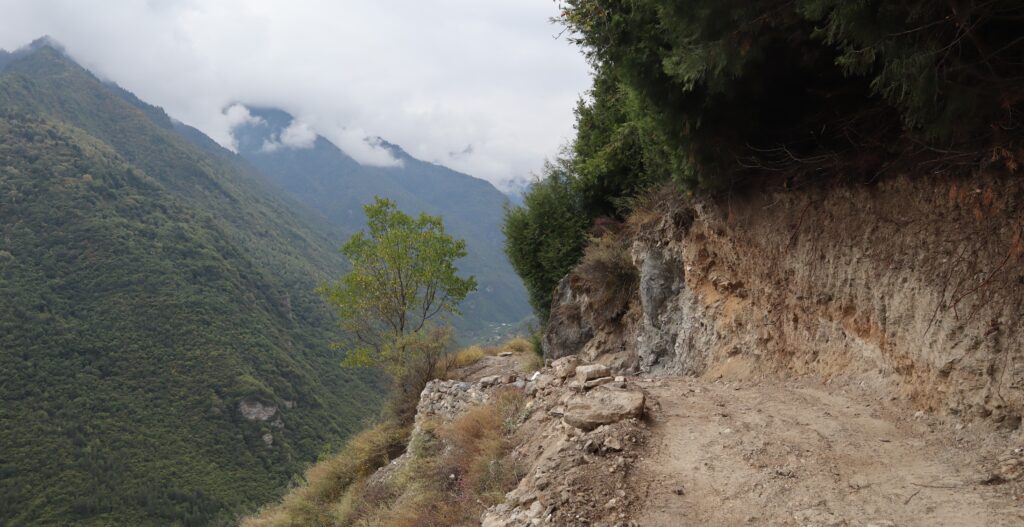
At the edge of this elevated village is the very beginning of a bending, makeshift path. At times just barely carved onto the face of the mountain, it is empty, rather unexplained, and highly alluring. Just the ground, dirt, rock; no signs, no fences, no flooring. My friend and I deliberate whether to explore this path. After all, we’ve been examining the main village for some time now, and this path appears beyond the boundary. But there’s no choice really, it’s a must-do, we proceed with intent. And this inconspicuous trail does not disappoint in the slightest. It is unforgettable, in retrospect. Yet I don’t even remember where on the map it was. It certainly does not have a name.
As far as I know, for somebody else this trail is a means of transportation. A necessary and vital thing for harvesting. For life. A way to get from one place to another. After the initial “carved” section, it is narrow and overgrown, occasionally flanked by small fields of crops. I find it exceptionally poignant… That something born from necessity for just a small handful of (hard-working) countryside folks is so profound and memorable to me. Perhaps I dwell too much. And maybe I have little business on it. Hard to not be guilty of travel writing, when I enjoy both things: travel and writing.
The village is highly concentrated with people busy at work, at a few spots. They are collecting, arranging, preparing plums. I guess it’s a sizable business, but that is based on observation. I also spot apple tree groves. Prototypical Qiang-style architecture is almost omnipresent here. While there are “ruins” to be seen in some sections, no areas feel very abandoned- that I strolled through at least. It seems organic and flourishing throughout.
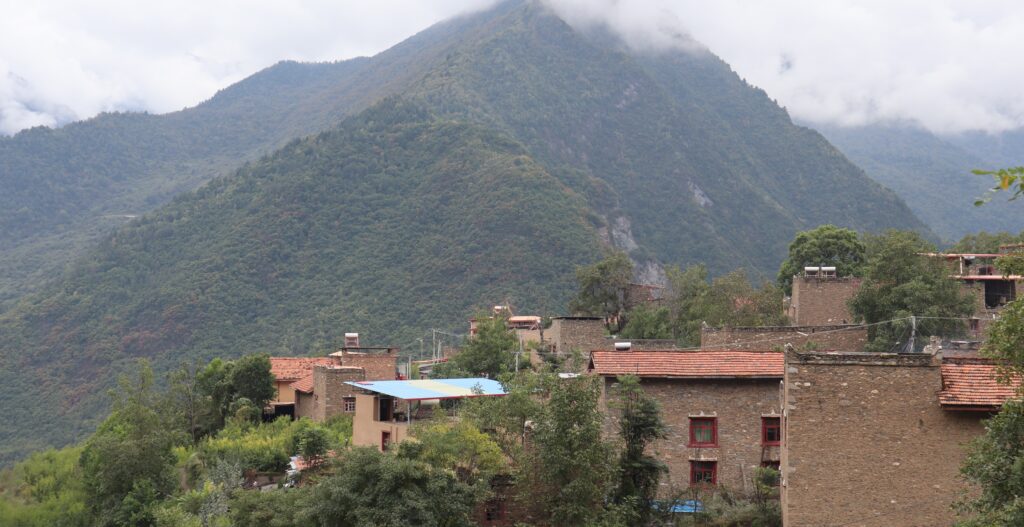
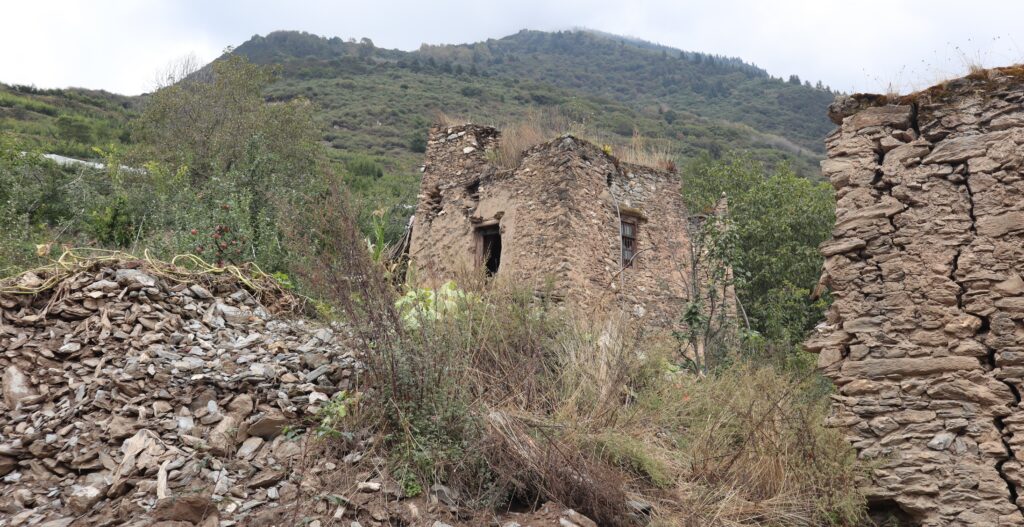
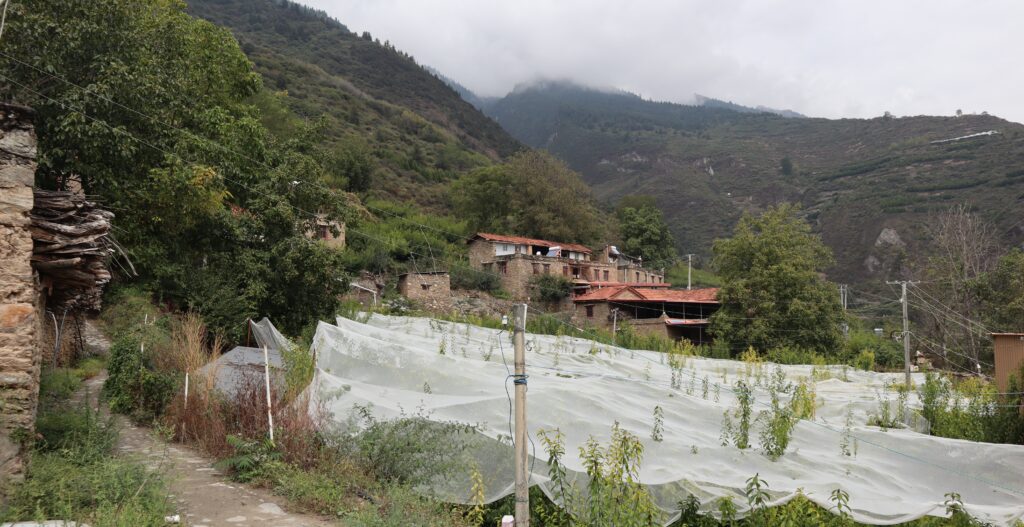
We are in Sanlong (三龙), a village somewhere in the Shaba-Wadi region of Maoxian. It is actually a part of a collective of places which were each once designated towns of their own. Today, that’s no longer the case, these villages are now incorporated within other town boundaries (either Shaba or Wadi). Interestingly, Sanlong (三龙) translates directly to “Three Dragon” or “Three Dragons”, although I’m unsure of any meaning behind it. I believe that some neighboring villages follow the “Dragon” naming system. One wonders if each mountain is called a dragon, and the villages are named after the mountains they exist on. Or perhaps it is tied to the long narrow, crude roads that wind up these mountains, which we had to navigate to arrive here. Part of the quintessential Maoxian experience if you want to see anything remarkable.
I was indeed encouraged by relatives to visit Sanlong, otherwise I would have never encountered it. Another reminder that locals know way more than maps or apps or lists will tell a foreigner. I could not have anticipated a village so spectacular. While there are some basic displays that indicate some expectations for visitors/tourists, we do not encounter any others. Just the hard-working residents.
No stores or restaurants that I saw. We did not interact with much beyond the extended wandering around. Although I loved visiting this place. The only interaction of note was an invitation to try some apples that were freshly picked, by three young women and a baby. A very nice gesture for a couple of strangers.

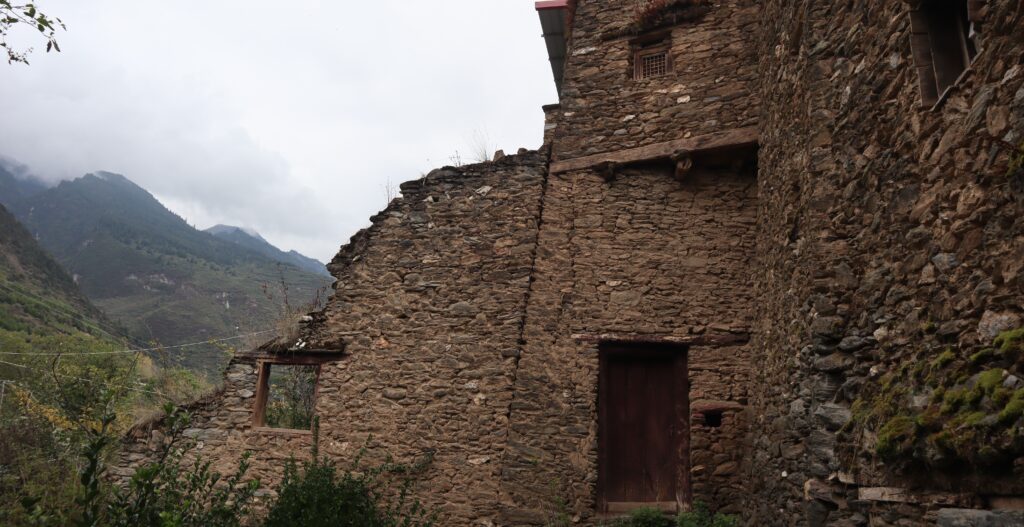
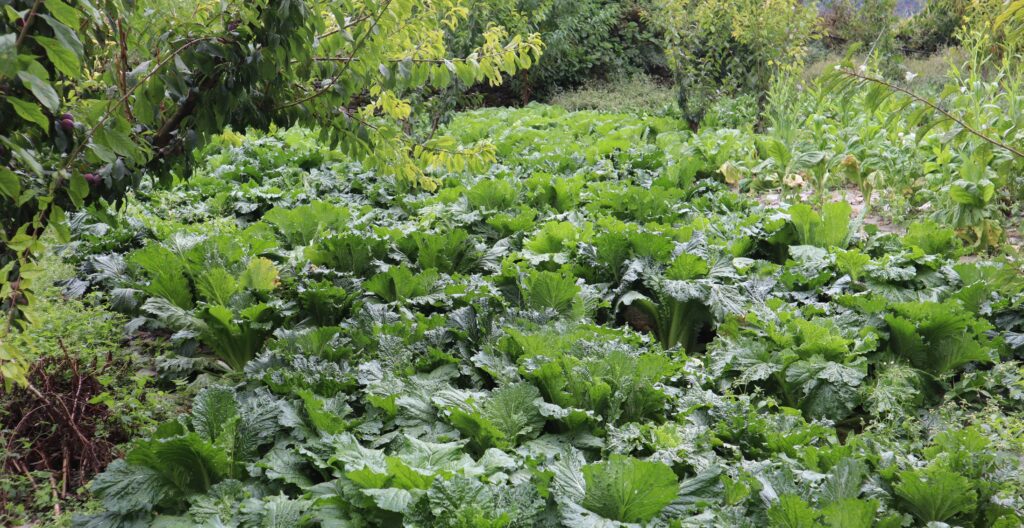
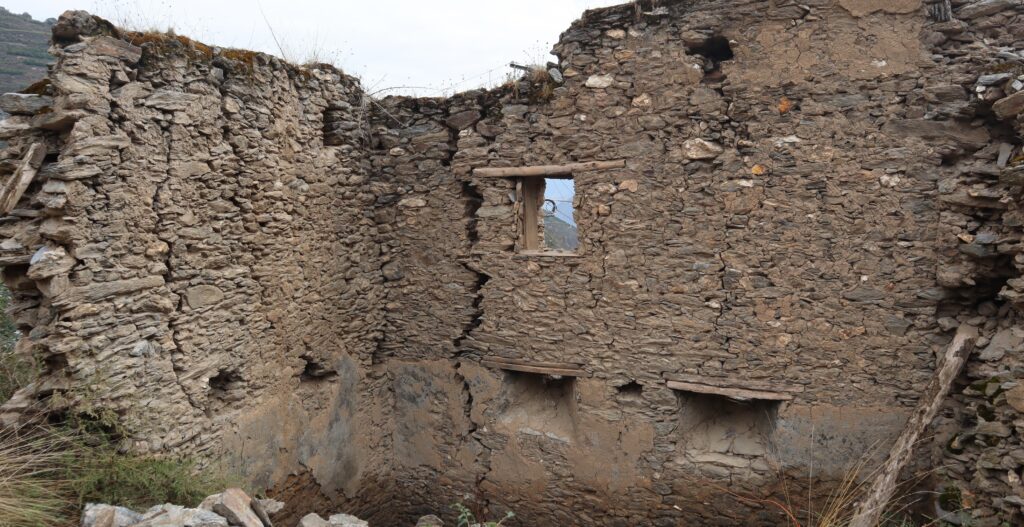
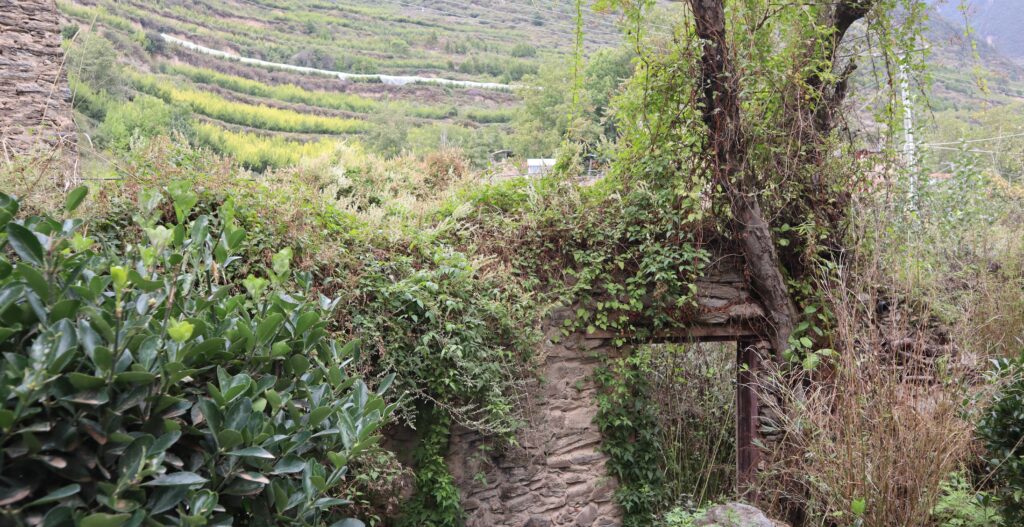
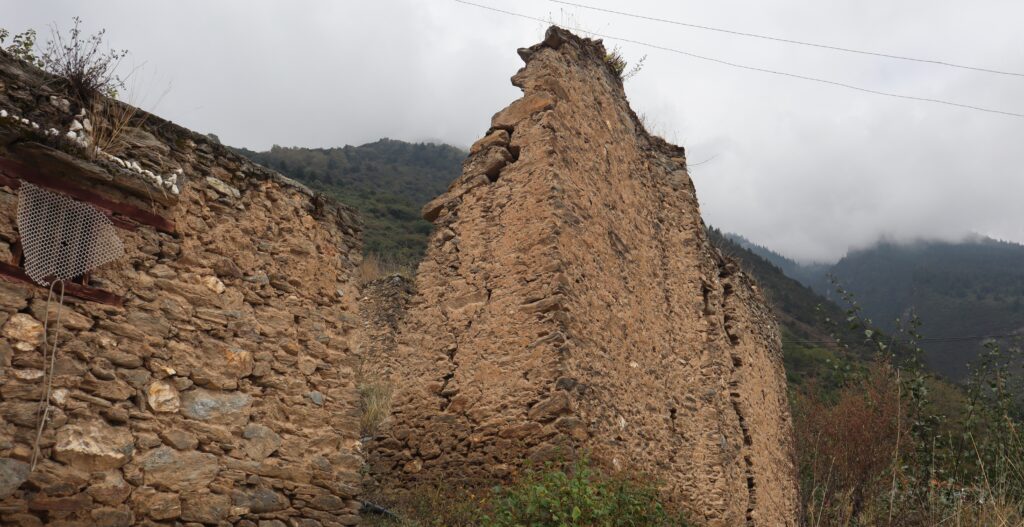
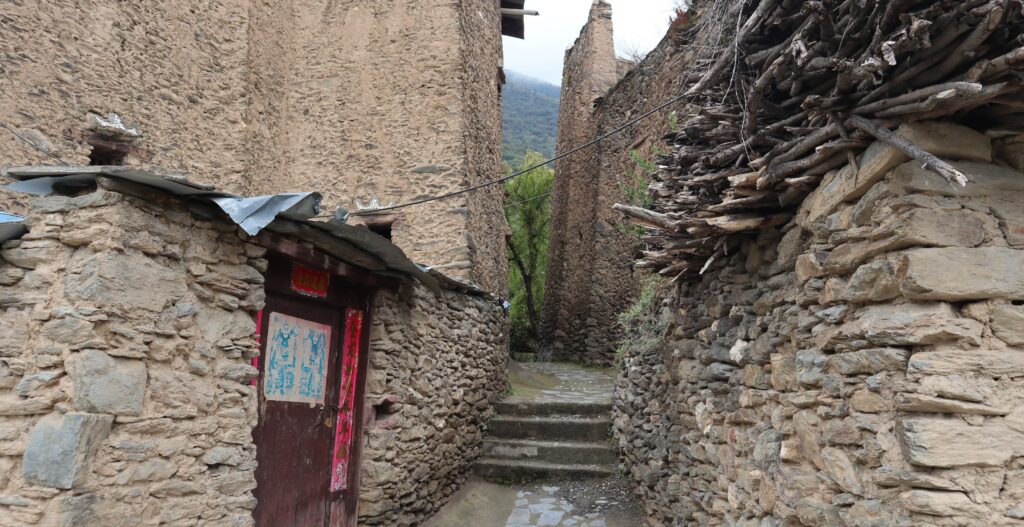
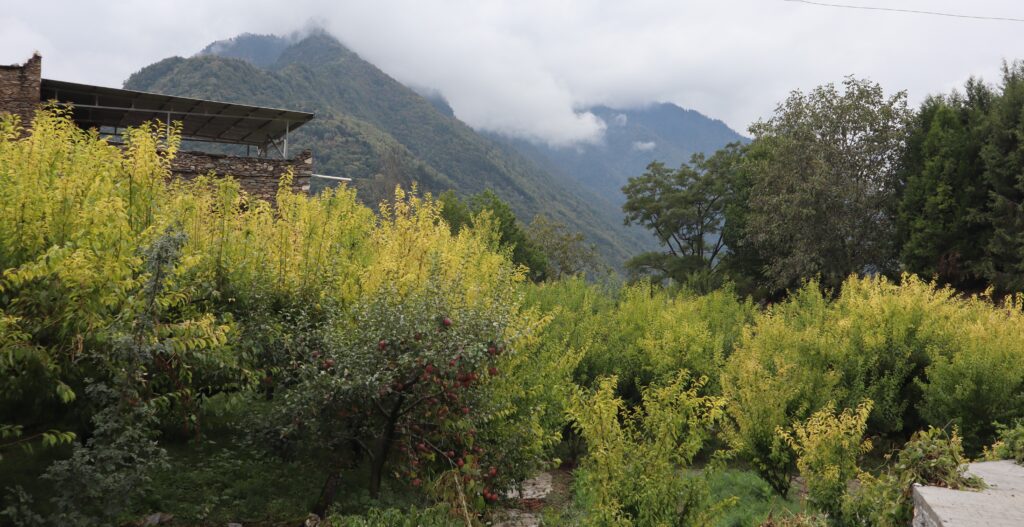


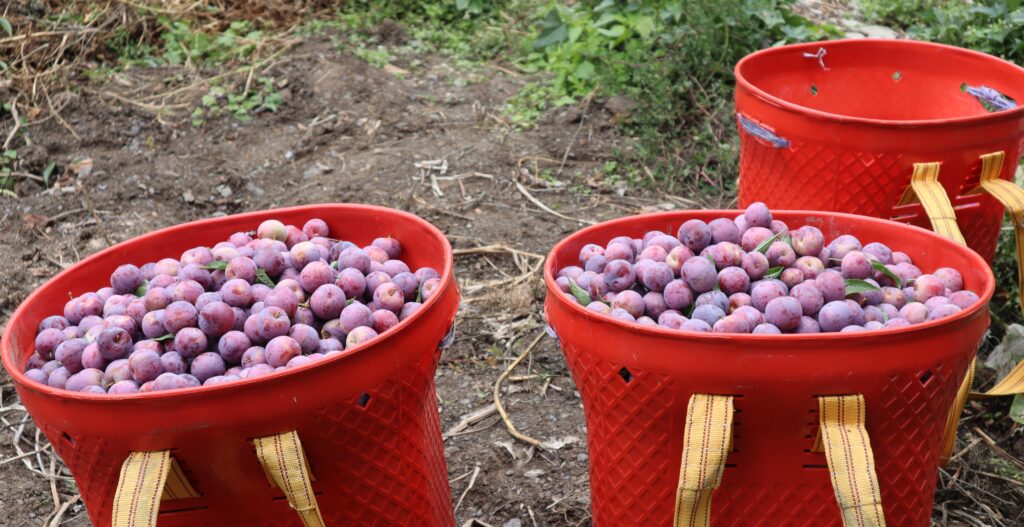

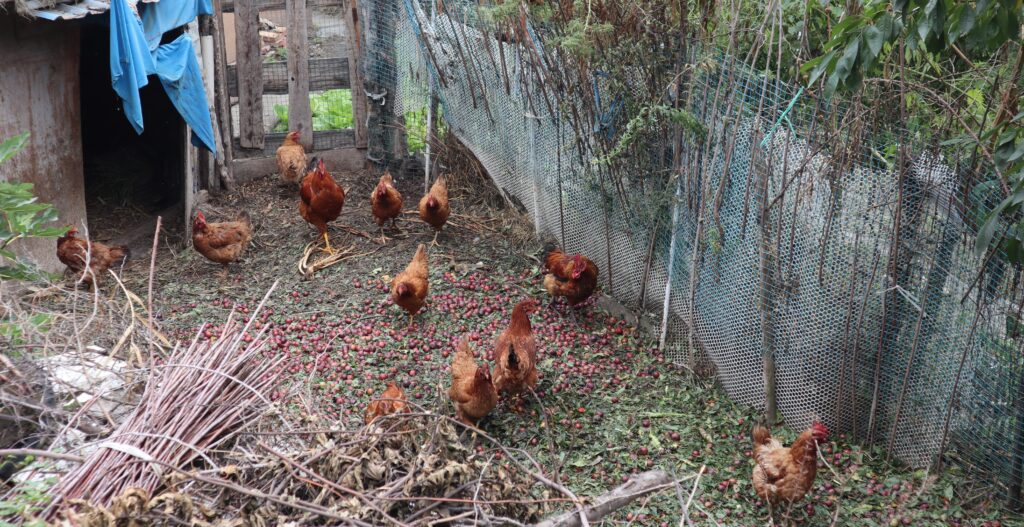
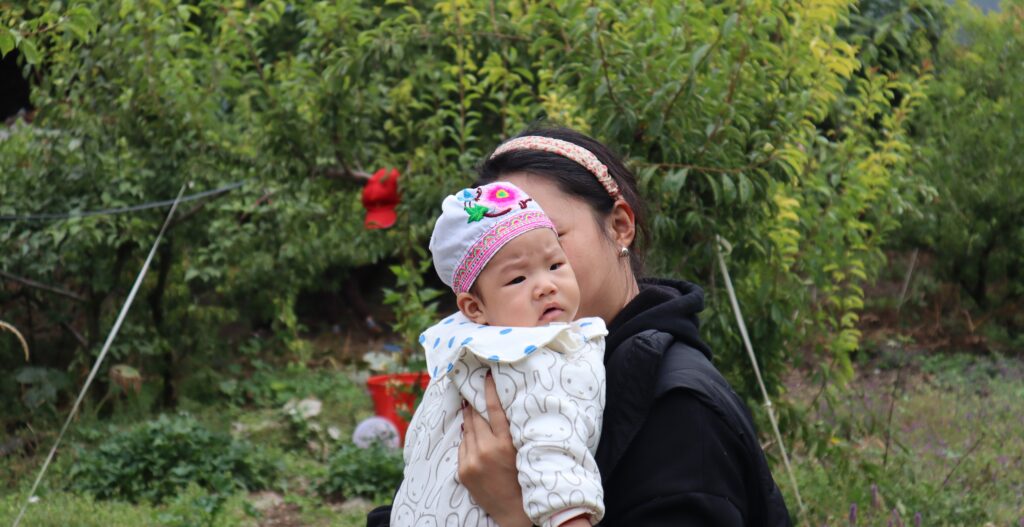
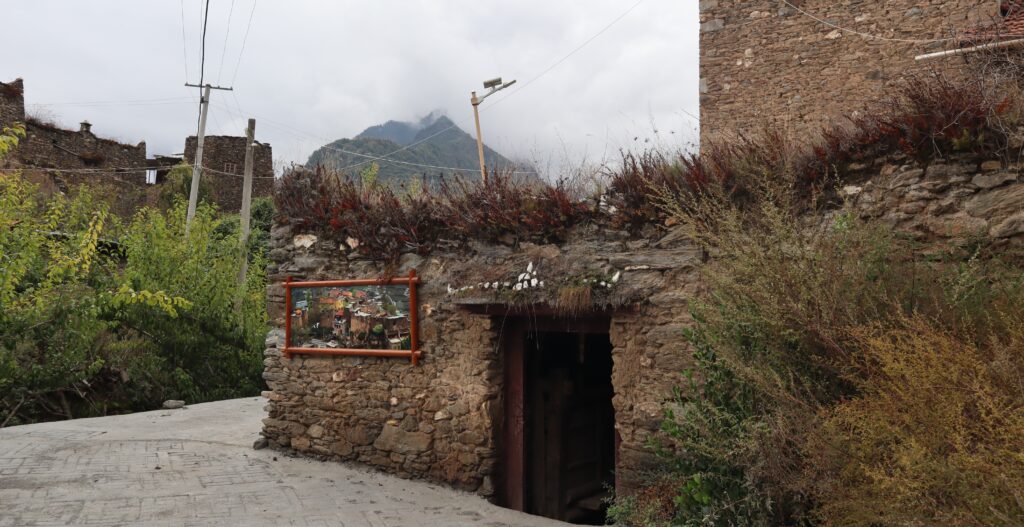


The Trail: just a cool, simple road on the mountain. Great at getting a person out of the village confines. Undoubtedly the best part of the day for me. Just keep eyes on the path’s terrain.
I would pay money to walk this every day.

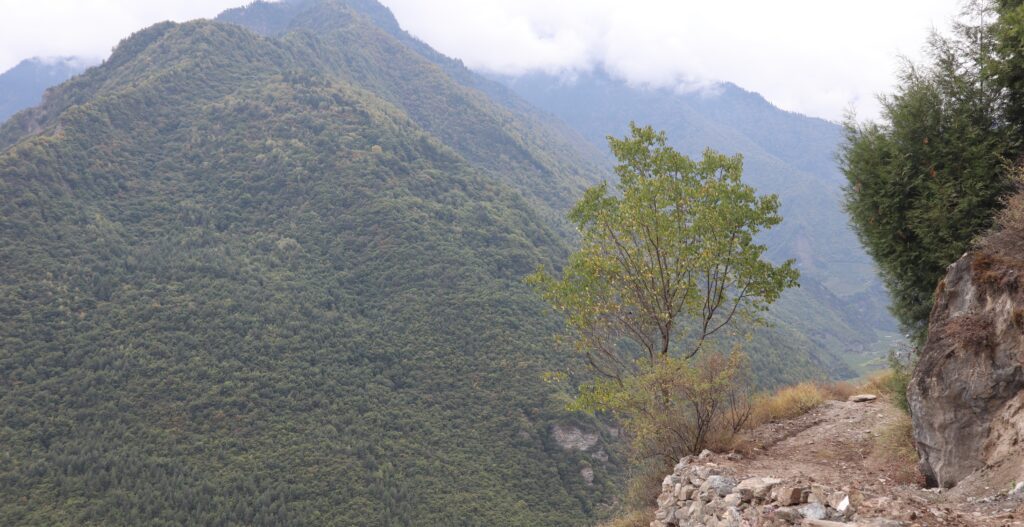

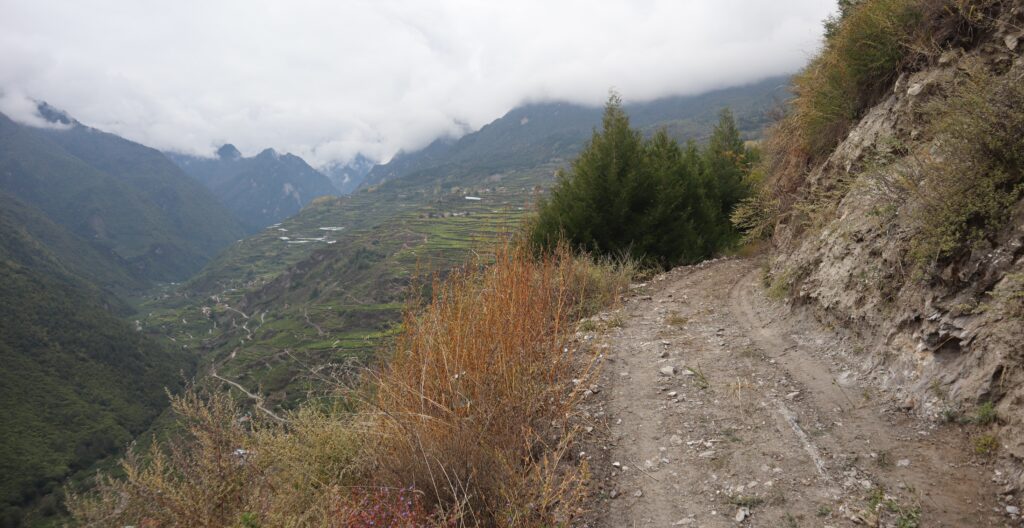
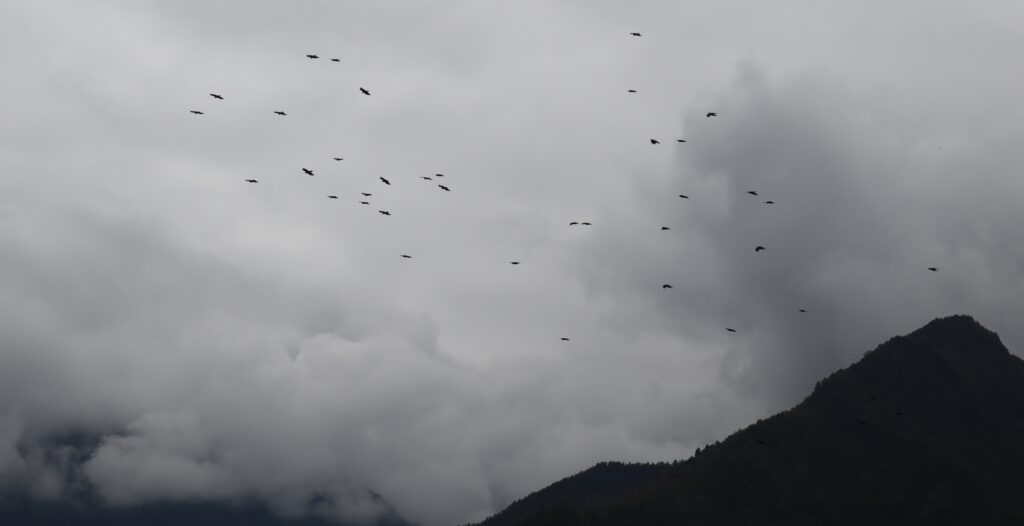
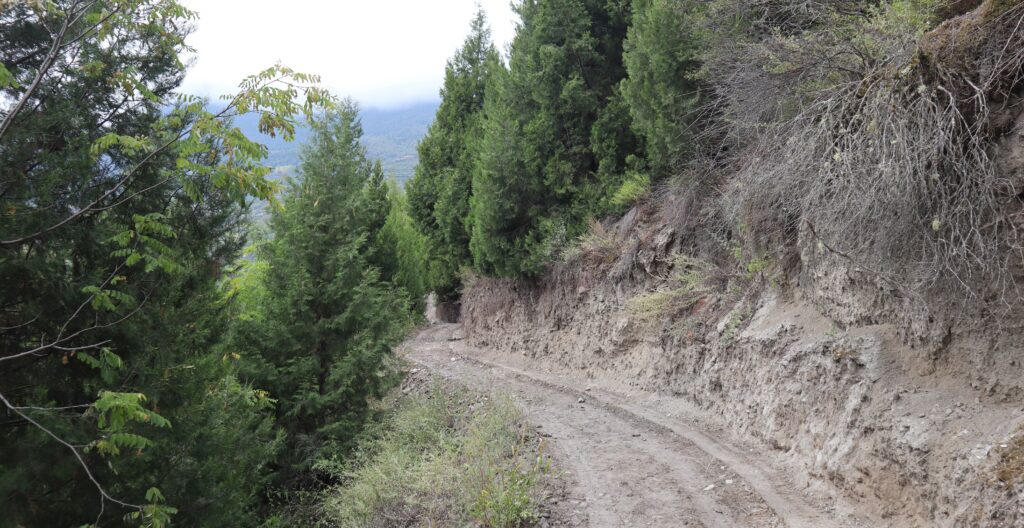
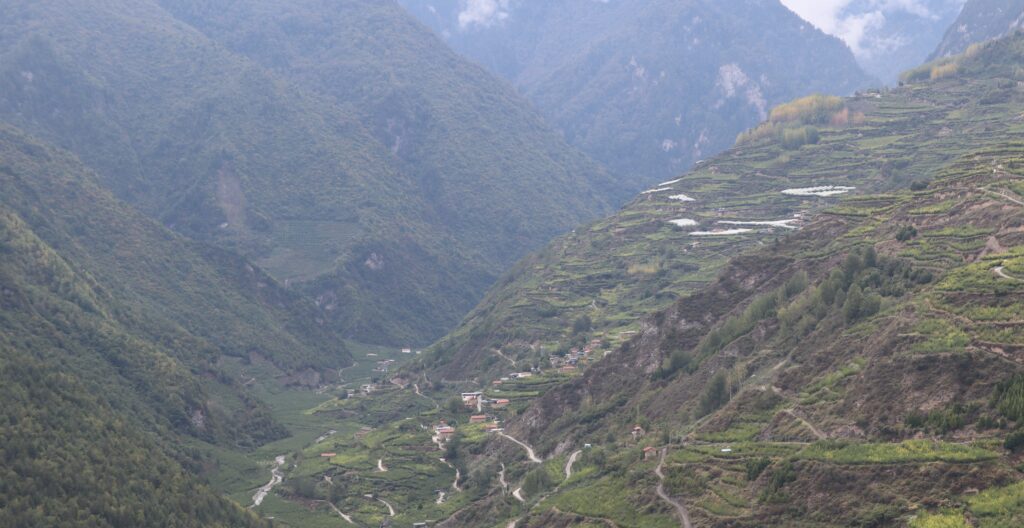

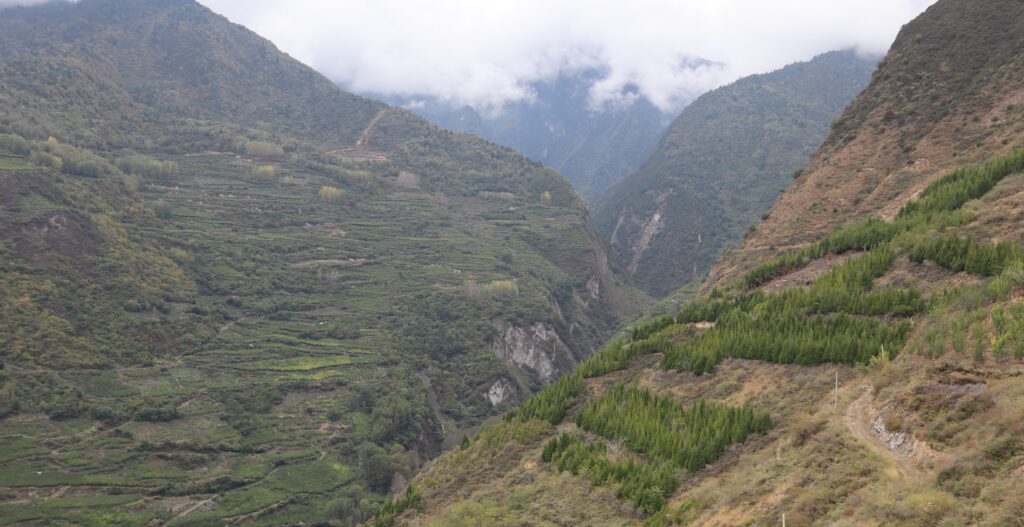
Not unlike some other locations visited, there is a “lower level” of the village. Notably, it’s still situated up on the mountain, just less high. A bit of contrast due to its architecture and appearance, but nonetheless genuine. This location had a bit more of the “roadside” neighborhood character. At least, maybe in the past.
In some ways I view this kind of location as a “hybrid”, with it being more accessible, a bit more modern. It’s still reminiscent of the “heritage” architecture in certain spots but does not seem as concerned with maintaining it. Many places around Maoxian are like this, in my opinion. Still organic, in a way. Besides, I only get to examine the surface of these things, usually.
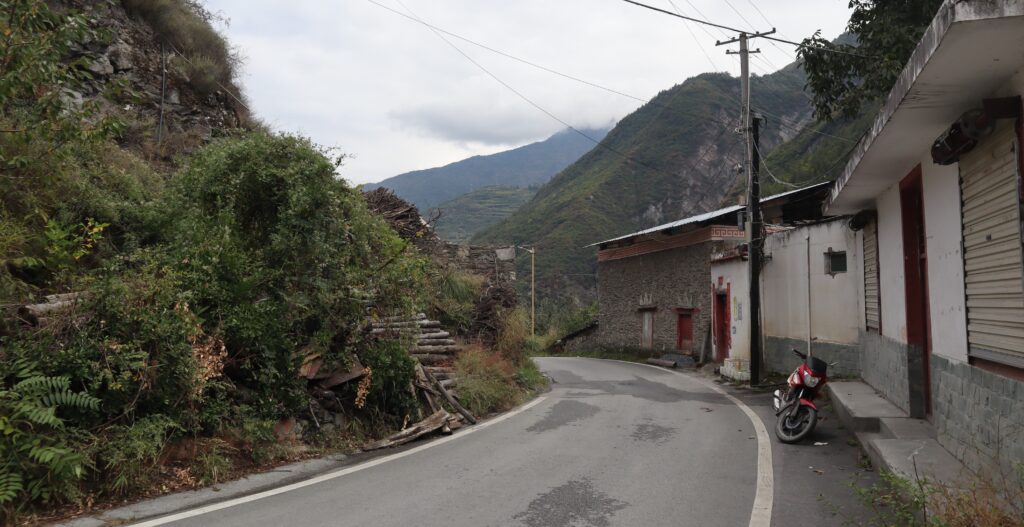
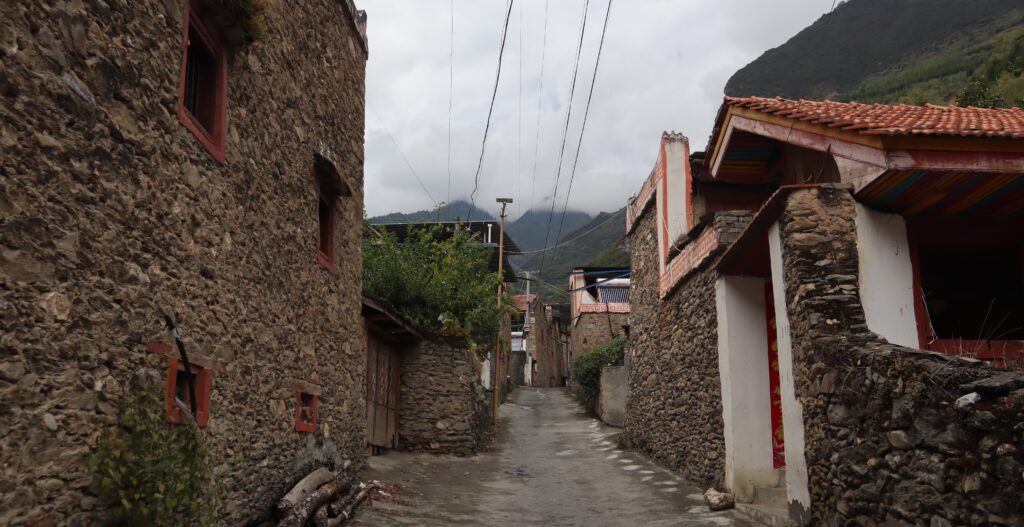
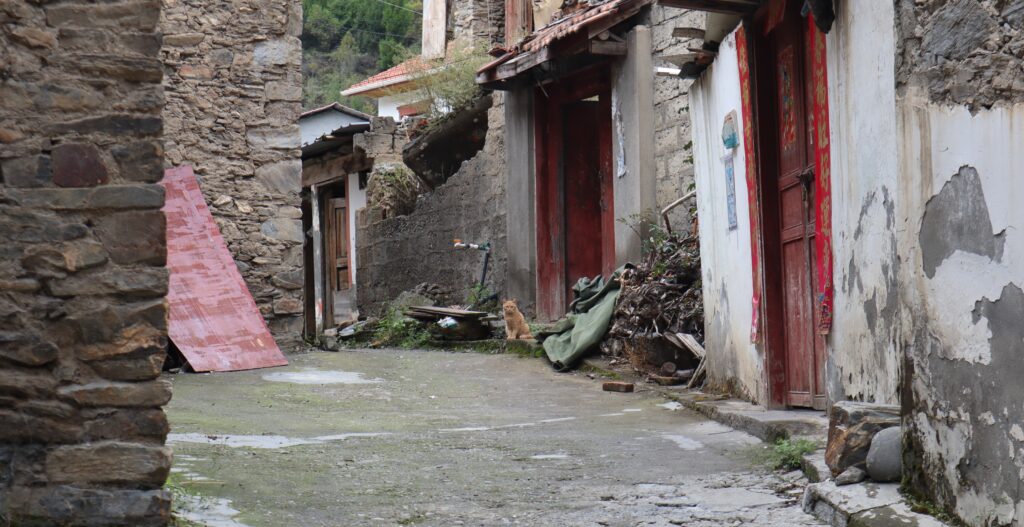
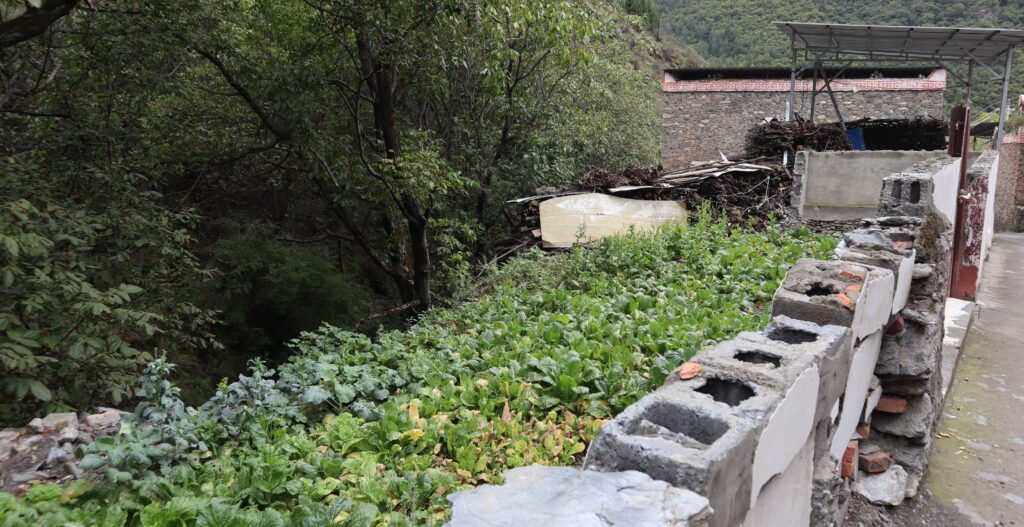
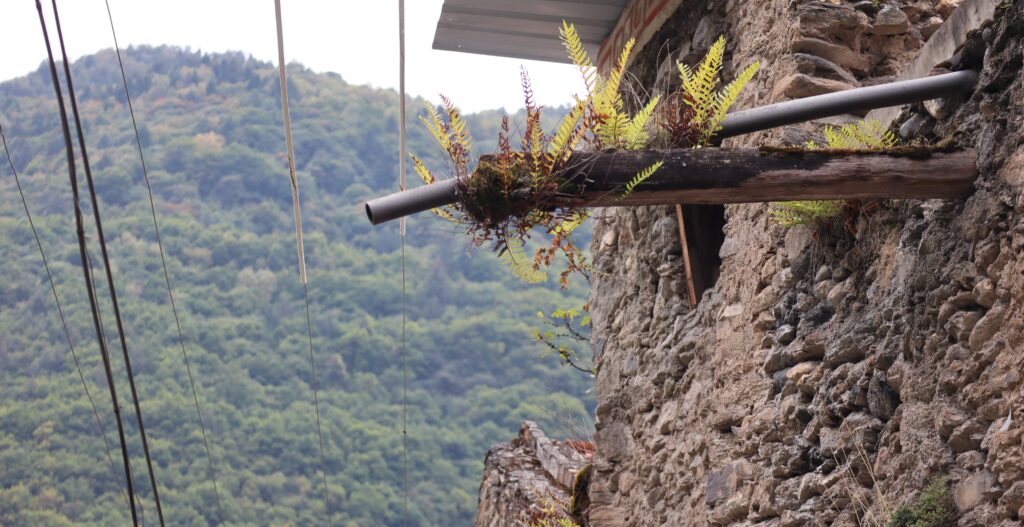
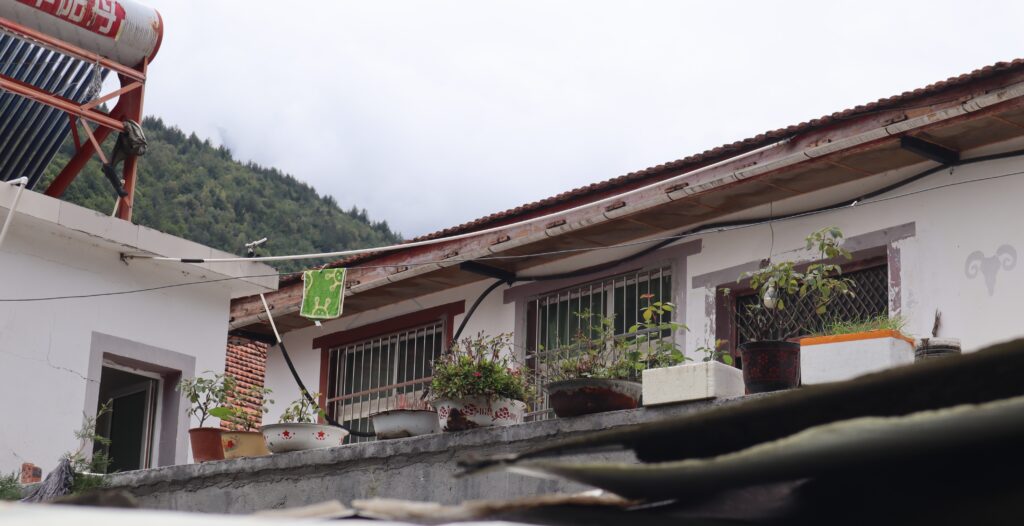
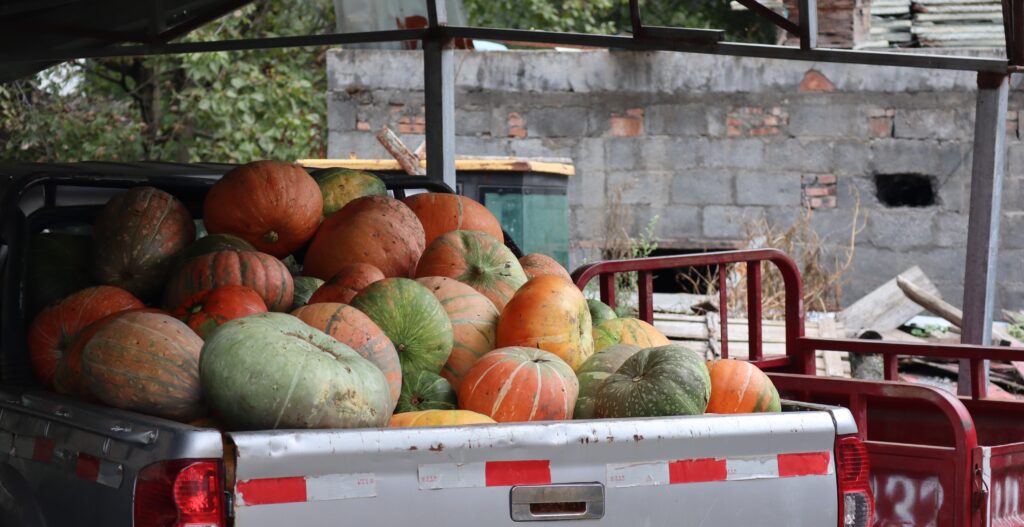
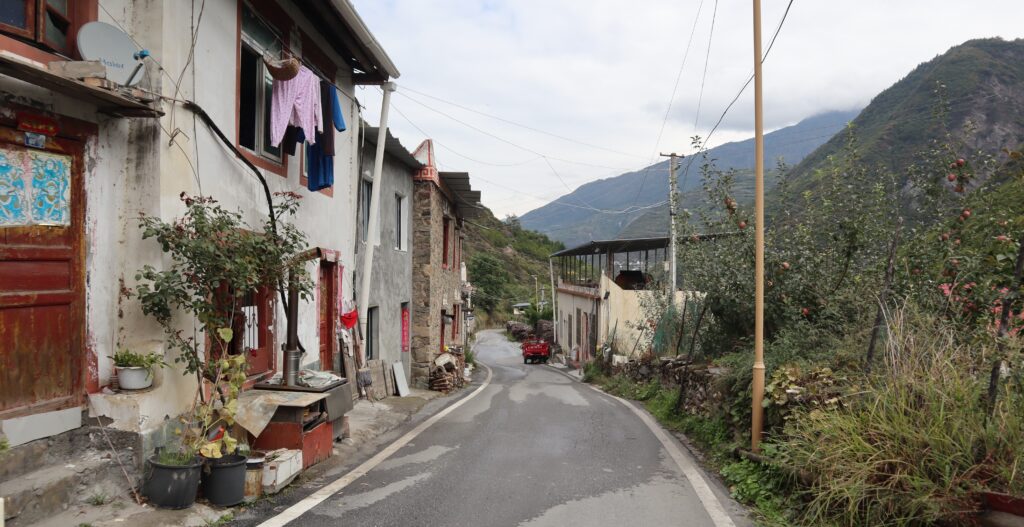
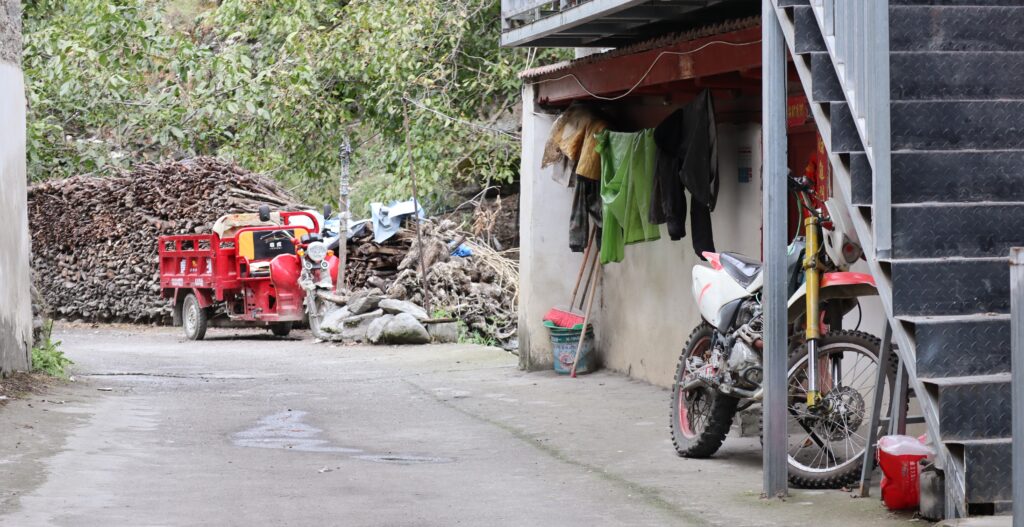



Leave a Reply